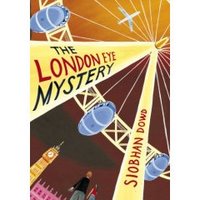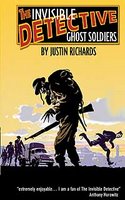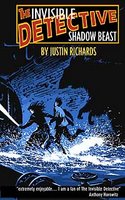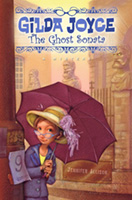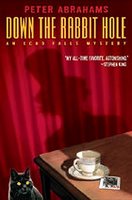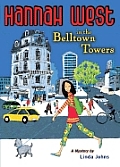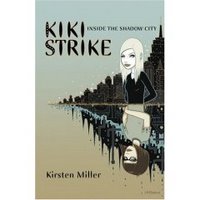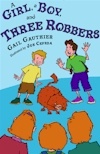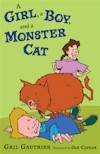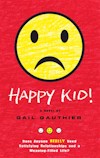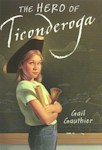A First Creepy Doll Story
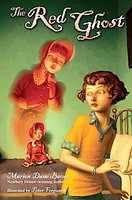
As luck would have it, I just finished reading a book appropriate for Halloween posting.
The Red Ghost by Marion Dane Bauer is a Stepping Stones Book. "Build the bridge to chapter books...," the publisher says. So we're talking a book for young 'uns here.
Earlier this week, anonymous and I were talking about whether or not books for children and YA readers need truly new and unique story lines because much is new to less experienced readers, anyway. I understand that everything's new when you're too young to vote, but I find it difficult to judge how good a book for a younger audience is when its plot and/or characters and/or setting have been done to death.
The Red Ghost is an example of a book that is using a story line that's been done many times before but doesn't come across as the same old, same old. The Red Ghost is a creepy doll story, and, yes, indeed, a lot of us older folks have seen it before. But Dane Bauer manages to create a real sense of tension here that I don't usually see in books for kids this young. This is a short, complete mystery that the kid characters manage on their own. You've got what is really a simple plot, a limited number of characters, and a setting that is rooted in one place, all necessities, I think, for a book for kids in the lower grades.
Many books for this age group are just silly and pointless. The good ones tend to be very realistic, sometimes with adult characters helping child protagonists learn feel-good lessons. The Red Ghost is a genre novel for the very young. I don't think I've seen many of those, and I was quite taken with the novelty of it.
Like many early chapter books, this one has a number of illustrations. Peter Ferguson's black and white drawings definitely show the feelings of the characters portrayed. He created a great-looking main character, a neighbor who is a dignified, contemporary older woman, and a doll that looks as if she's got something on her mind.
Labels: Books for Younger Kids, mystery, Reader response


